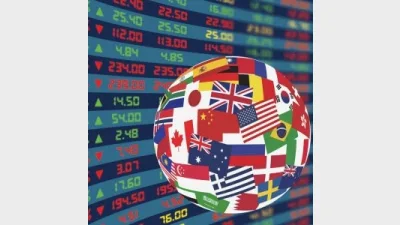Economic volatility forces insurers to look at derivatives



Economic profit and loss volatility management has been cited as the top reason by insurance companies for using derivatives, according to a Milliman study.
The company's Derivatives Survey, which explored trends in risk management practices and derivative usage within the industry. also found that interest rate risk was selected as a material risk factor by the largest proportion of insurers, followed by equity risk, credit risk, longevity risk, currency risk, and inflation risk.
The survey found almost 75 per cent of over 60 insurance companies were using both static and dynamic hedging techniques, with 25 per cent indicating reinsurance for risk management.
"Only 19 per cent of respondents report relying solely on static hedging, suggesting that a significant majority of life insurers use derivatives for dynamic hedging strategies for at least some line of business," the report said.
The respondents also cited accounting profit and losses volatility management, especially in Europe and Japan, as one of the main reasons for using derivatives.
The survey of insurers based in North America, Europe and Asia, also found that the most popular hedging instrument was equity index futures, followed by equity index options, while there was some usage of total return swaps, equity variance swaps and volatility index futures in North America and Europe.
Additionally, all European respondents cited regulatory and economic capital as one of the key reasons for risk management.
Recommended for you
Perpetual has appointed a new CEO for affiliate J O Hambro Capital Management, as it tries to stem outflows and refresh the brand.
Outflows of US$1.4 billion from its US equity funds have contributed to GQG Partners reporting its highest monthly outflows for 2025 in August.
Domestic equity managers are lagging the ASX 200 in the first half of the year, according to S&P, with almost three-quarters of Australian equity funds underperforming over the six-month period.
ETFs saw almost $5 billion of inflows during August, with international equities gaining double those of fixed income funds, as total assets close in on $300 billion.














